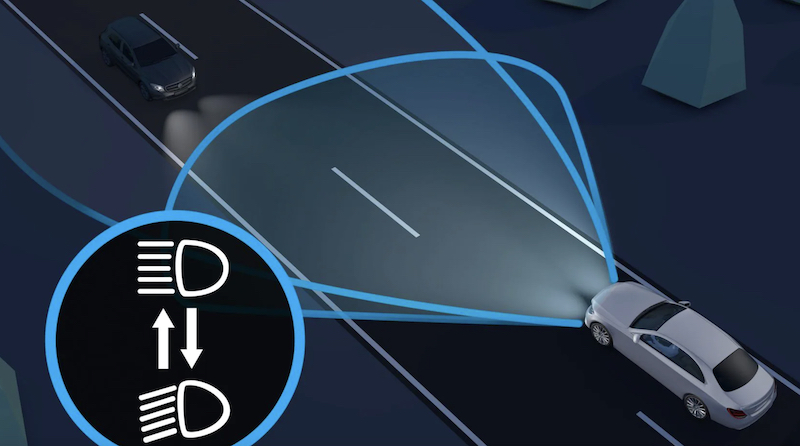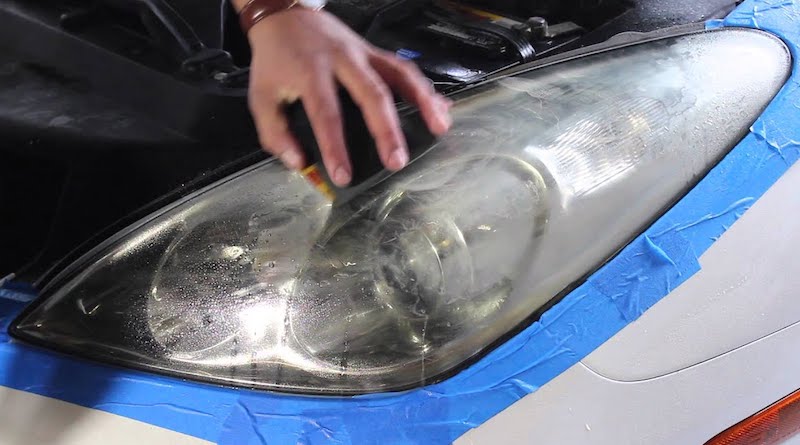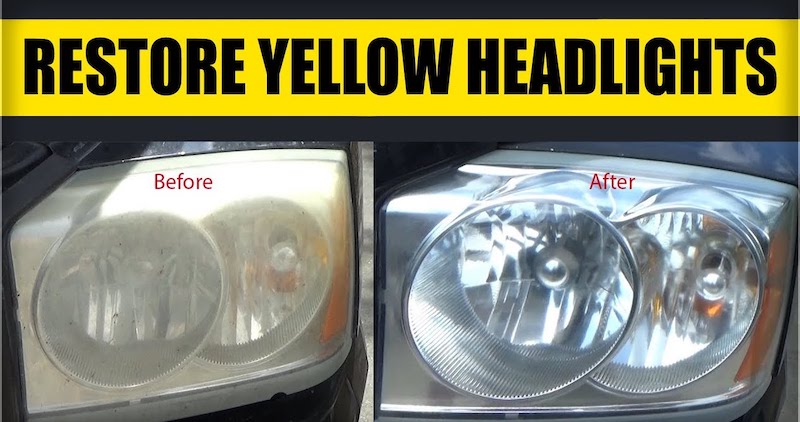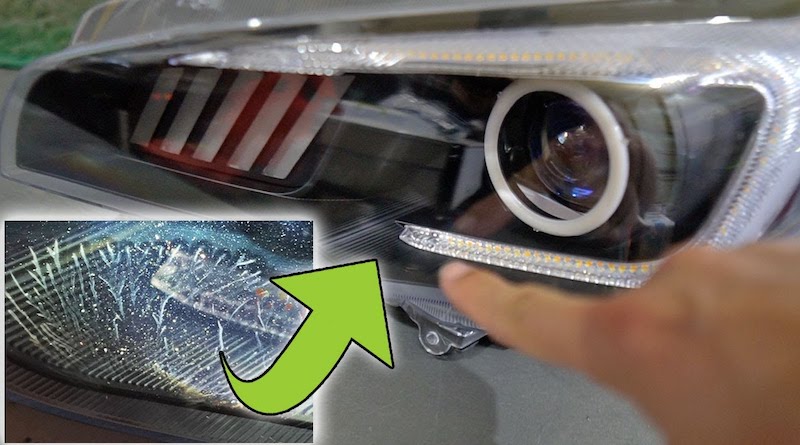What is the Difference Between High Beam and Low Beam Headlights?

High beam and low beam headlights are both important when it comes to illuminating the road. They allow drivers to see where they are going and help to spot pedestrians and objects on the road. They perform different functions and it’s important to know the difference.
High beam headlights produce a high intensity light that can reach a greater distance. Low beam headlights produce low intensity light that reaches a shorter distance. Both are used at different times to meet different visibility needs.
High Beams
High beams are brighter than low beams. They produce a consistent beam that illuminates a longer distance straight ahead. They are sometimes referred to as main beams, full beams, driving beam, or brights.
High beam headlights illuminate the road symmetrically. This means that they light the distance ahead and both sides of the road. They provide a clearer and better view of obstacles, the condition of the ground surface, and any potential dangers.
Due to their brighter light, they can sometimes be dangerous to use. They are not required when driving on the road with other motorists. They can blind them and cause visibility problems. This can lead to an accident.
You must also have your high beams switched off anytime you’re approaching other cars from behind. The intense light can reflect on the rearview mirrors of other drivers and dazzle them.
High beams are also not recommended when there is fog. The fog can reflect the intense light back to the driver and lower visibility. They are also not suitable where there is rain, snow, smoke, or dust.
When to use high beams
- When driving on winding dark roads
- On rural or country roads with no streetlights
- When you can’t see more than 200 feet
- Flash them to signal something to other drivers
Low Beams
Low beams are dimmer than high beams and produce an asymmetrical beam. This means that they light a shorter distance ahead of the car. They are designed to light the peripheral areas of the road more than the road ahead.
Low beams produce just enough visibility for driving. They do not blind oncoming motorists and are best when maneuvering a city where there are streetlights. They are also known as dipped beams, dims, meeting beam, or passing beam.
Low beams are fitted to light the ground just in front of the vehicle. In most cars, they produce different amounts of light depending on the country. The right or left low beam could be designed to produce less light to prevent dazzling the traffic on that side.
When to use low beams
- Driving in the city where there are streetlights
- When there’s fog, smoke, dust, snow, or rain
- When approaching other vehicles
- In low visibility environments
- Types of bulbs for high beam and low beam
The type of bulb used for high beam and low beam headlights depends on the type of headlight the vehicle has. Some cars use a single bulb to produce both a high and low beam (double filament bulb) while others use two separate bulbs to produce both beams separately (single filament bulb).
Single filament bulb
A single filament bulb has one filament. Cars that have these types of bulbs use one for the high beam and another for the low beam. The most common type of bulbs used here are H1, H3, and H7.
Double filament bulb
A double filament bulb has two filaments fitted in one bulb. The filaments allow the bulb to function as a high beam and low beam. One filament turns on to produce a low beam. When you switch on the high beams in your car, both filaments turn on. The most common type of bulb used is the HB2/H4 (9003).
In summary, the main difference between high beams and low beams is that the former are brighter and tend to light a greater distance. Low beams produce a dimmer light and are used to illuminate shorter distances ahead.
Recent Blog Posts
November 29, 2022

One of the best solutions for fixing hazy headlights is to wet sand them. While there are other ways you can clear up your oxidized headlights, few methods work as great as wet sanding. It not only cleans the plastic lens completely but also achieves permanent results.
November 29, 2022

Headlights that have turned yellow can make a car look really old. The foggy coating that covers the headlight tends to reduce the amount of light emitted on the road. This can affect the driver’s visibility and make it hard to maneuver dark roads.
November 29, 2022

There are plenty of solutions out there when it comes to cleaning the outside of your headlights. You can easily remove the yellow coating that forms on the plastic lens using a few household products.